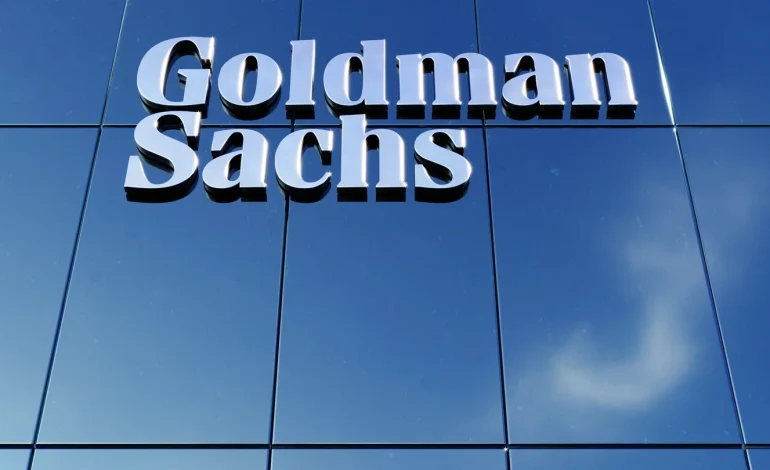Goldman Sachs has cut its forecast for the S&P 500 for the second time this year, citing growing uncertainty over trade policy and an increased likelihood of a US recession.
The investment bank now expects the benchmark index to end the year at 5,700, down from its previous target of 6,200, and well below its original 6,500 projection from earlier this year.
Goldman now anticipates the S&P 500 will decline 5% over the next three months and see a more modest 6% gain over the next year, significantly lower than the 16% return it previously expected. The revised outlook places the index in a trading range between 5,300 and 5,900, suggesting that it may struggle to reclaim its all-time high of 6,100 anytime soon.
“Higher tariffs, weaker economic growth, and greater inflation than we previously assumed lead us to cut our S&P 500 earnings growth forecasts,” wrote Goldman’s chief US equity strategist, David Kostin.
The firm now expects S&P 500 earnings per share (EPS) growth to slow to 3% in 2025, down from its prior estimate of 7%, with similar downward revisions for 2026.
The downgrade is largely driven by concerns over President Donald Trump’s expanding tariff policies, which Goldman believes could have a more significant impact on corporate profits and economic growth than previously expected. The bank now forecasts the average US tariff rate to reach 18%, while US GDP growth is expected to slow to 1.5% in 2025, down from 2% last year.
The risks of a US recession have also increased. Goldman Sachs now estimates a 35% probability of a recession within the next 12 months, up from 20% previously. If the economy contracts, the S&P 500 could fall as low as 4,600, representing a 21% drop from current levels, the bank warned.
The stock market has already been under pressure this year, with the S&P 500 down 5% year-to-date following a correction triggered by trade concerns and slowing economic data. Inflation has remained elevated, with the Federal Reserve’s preferred measure—the Core PCE Index—rising to 3.5% this year from 3% in 2024.
Business Insider, CNBC, and Bloomberg contributed to this report.










The latest news in your social feeds
Subscribe to our social media platforms to stay tuned